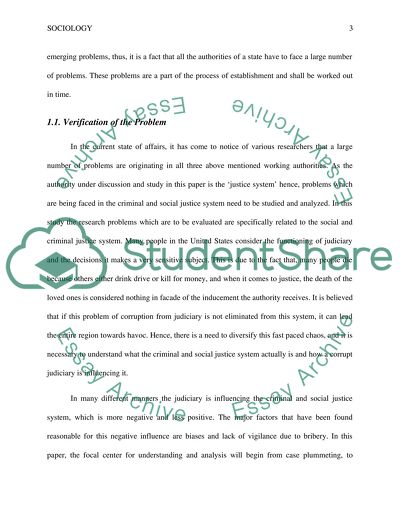Cite this document
(“A Tainted Justice System: Corruption in Social and Criminal Justice Research Paper”, n.d.)
Retrieved from https://studentshare.org/sociology/1397923-a-tainted-justice-system-corruption-in-social-and-criminal-justice-divisions
Retrieved from https://studentshare.org/sociology/1397923-a-tainted-justice-system-corruption-in-social-and-criminal-justice-divisions
(A Tainted Justice System: Corruption in Social and Criminal Justice Research Paper)
https://studentshare.org/sociology/1397923-a-tainted-justice-system-corruption-in-social-and-criminal-justice-divisions.
https://studentshare.org/sociology/1397923-a-tainted-justice-system-corruption-in-social-and-criminal-justice-divisions.
“A Tainted Justice System: Corruption in Social and Criminal Justice Research Paper”, n.d. https://studentshare.org/sociology/1397923-a-tainted-justice-system-corruption-in-social-and-criminal-justice-divisions.


